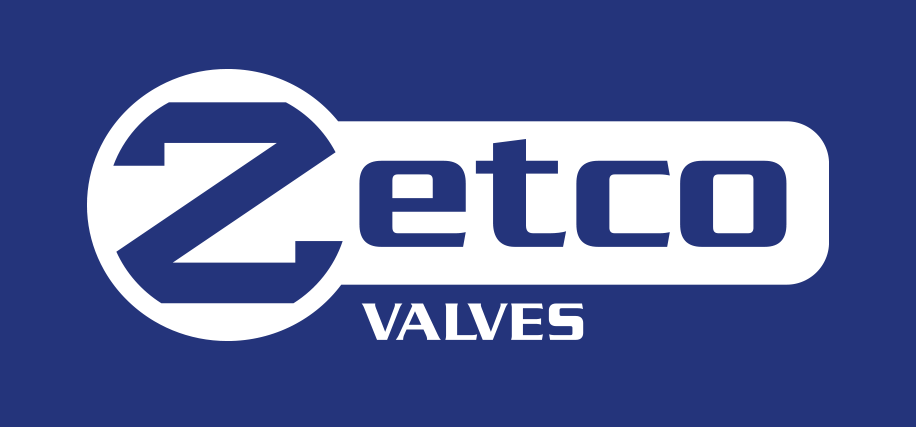Zetco Three-Way Ball Valves
3-way ball valves are designed to converge and divert the media flow in a piping system and can do the job of two 2-way valves. Typical applications and markets for 3-way ball valves are heating, ventilation, air-conditioning and cooling (HVAC), mining and industrial.
The port configuration is of prime importance when selecting a 3-way valve. Ports must be specified to meet piping installation and flow switching requirements ensuring that there are no flow restrictions built into an installation. 3-way ball valves generally have a quarter turn operating mechanism, however 180° turn is also available.
Zetco Valves has an extensive range of 3-way ball valves in a variety of configurations, produced by ISO 9001 certified manufacturers, which covers all the options required to change the flow direction of the liquid or gas in your pipe system.
The range includes valves with sizes from DN6 to DN100, with side entry, bottom entry, L Port and T Port configurations, with threaded or flanged connections. Threaded connections include the international ISO 7/1 standard (BSP) and, upon request, the American ANSI/ASME B1.20.1 (NPT). Flanged connections include the Australian AS 2129 Table D/E and the American ANSI/ASME B16.5 in class 150.
It is recommended that the individual specification sheets are consulted to ensure the correct 3-way valve selection.
Valve specialist - best range, quality & brand
Zetco stands apart from the competition as the valve distribution specialist, manufacturing its entire brass and bronze valves exclusively in Italy. We are dedicated to the provision of superior ball valves, gate valves, globe valves, and check valves suitable for a broad spectrum of applications encompassing plumbing, gas, HVAC, civil works, OEM, mining and industrial sectors. For manual isolation valves in our markets, Zetco has the best range, the best quality and the best brand.
